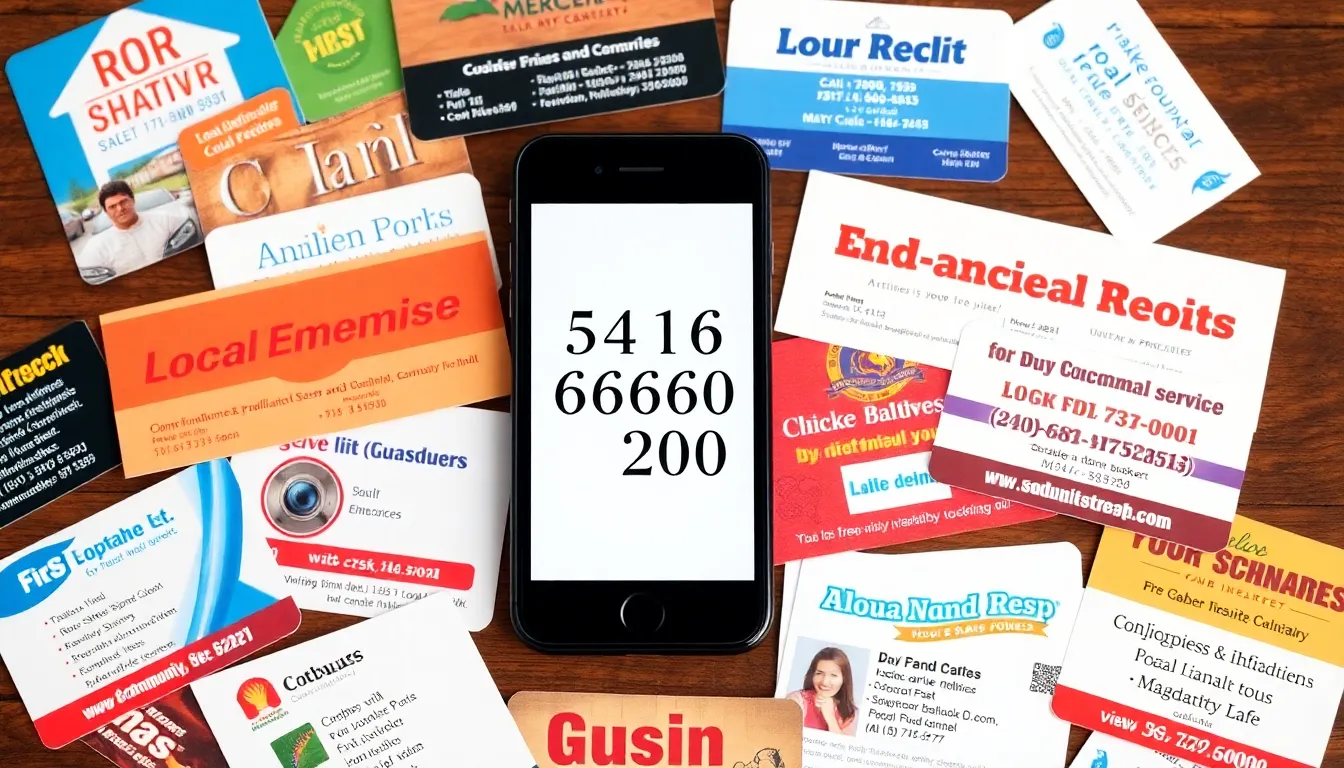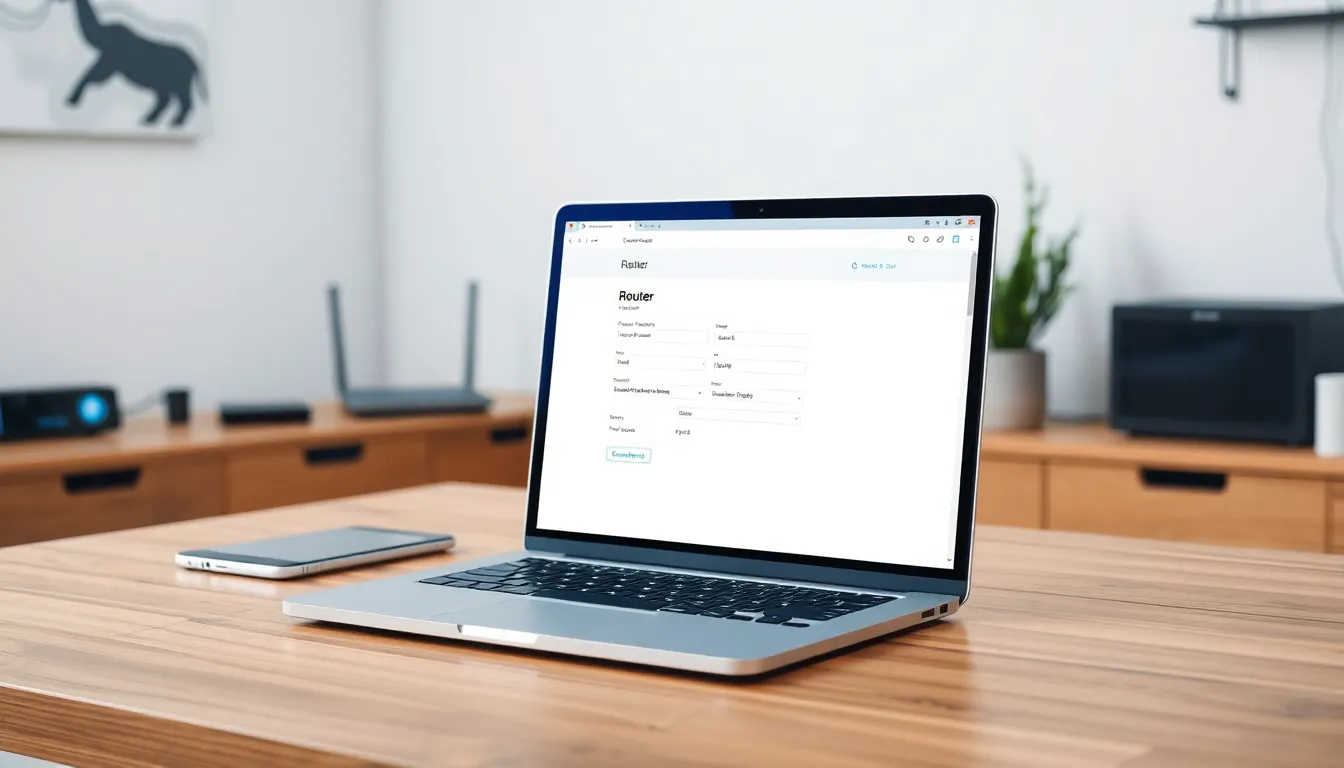Table of Contents
ToggleIn a world where everyone’s glued to their smartphones, mobile apps have become the lifeblood of daily life. From ordering pizza to managing bank accounts, these tiny powerhouses hold a treasure trove of personal information. But hold your horses! Just like you wouldn’t leave your front door wide open while you’re out, you shouldn’t let your mobile apps run wild without proper security measures.
Overview of Mobile Apps Security
Mobile apps security encompasses various measures designed to protect sensitive data from unauthorized access. Developers incorporate encryption techniques to safeguard user information during transmission. Regular updates play a crucial role in addressing vulnerabilities, improving app security over time.
Malware poses significant risks, targeting devices through malicious apps. Users must remain vigilant against downloading applications from untrusted sources. Secure coding practices reduce the chances of exploitation, ensuring apps withstand potential threats.
Authentication methods enhance security, enabling users to verify their identity before gaining access. Multi-factor authentication has become increasingly popular, requiring users to provide additional verification. This extra step significantly decreases the likelihood of unauthorized access.
Data protection regulations such as GDPR and CCPA establish guidelines for data handling practices. Companies must comply with these regulations to build user trust and demonstrate commitment to safeguarding personal information. Failure to adhere can result in severe penalties and damage to reputation.
App permissions require careful consideration; users should only grant access essential for functionality. Reviewing permissions prior to installation can prevent unwanted exposure of private data. Security audits regularly assess app vulnerabilities and identify weaknesses, leading to prompt remedial actions.
Securing mobile applications involves a multifaceted approach. Consistent attention to security practices ensures that both users and developers contribute to a safer mobile environment. Mobile apps security not only protects individual user information but also strengthens the overall integrity of mobile platforms.
Common Security Threats

Mobile applications face various security threats that can compromise user privacy and data integrity. Understanding these threats is crucial for both developers and users to maintain a secure mobile environment.
Malware and Viruses
Malware includes malicious software designed to harm devices or steal sensitive information. Various forms of malware, such as trojans and ransomware, specifically target mobile devices, taking advantage of vulnerabilities. Users often unknowingly download infected applications from untrusted sources, increasing their risk of encountering harmful software. Regular updates and reliable antivirus solutions protect against these threats, mitigating potential risks of data loss and device damage.
Data Breaches
Data breaches occur when unauthorized entities access sensitive information stored within mobile applications. High-profile breaches can expose personal data, including financial details and login credentials. Such incidents often stem from weak security measures or unpatched vulnerabilities in the application code. Implementing strong encryption protocols and adhering to data protection regulations like GDPR minimizes the impact of breaches, safeguarding user trust and privacy.
Unsecured APIs
Unsecured APIs present another significant threat to mobile app security. APIs allow communication between applications and external servers, and poorly secured APIs can be exploited by attackers. Insufficient authentication measures or lack of data validation expose sensitive data to unauthorized access. Developers must prioritize securing APIs by implementing best practices and regular testing to ensure they do not become gateways for data theft or malicious attacks.
Best Practices for Mobile Apps Security
Securing mobile applications requires several best practices to ensure the protection of sensitive data and maintain user trust.
Secure Coding Practices
Developers must adopt secure coding practices to minimize vulnerabilities. Using input validation techniques prevents injection attacks. Moreover, leveraging libraries and frameworks that promote security helps in avoiding common pitfalls. Developers should conduct code reviews to identify security weaknesses early. Providing thorough training on secure coding can enhance the security culture within development teams. Lastly, implementing static and dynamic code analysis tools aids in refining the quality of the app’s code.
Regular Updates and Patching
Regular updates serve as a critical line of defense against security threats. Addressing known vulnerabilities through timely patches significantly reduces risks. Developers benefit from adopting an agile development approach, allowing them to respond swiftly to security issues. Also, maintaining an updated inventory of all third-party libraries helps in identifying components that require updates. Users should receive clear communication regarding updates to ensure they understand their importance. Consistent app maintenance ultimately contributes to a robust security posture.
User Data Encryption
Encryption of user data acts as a fundamental security measure. Sensitive information, including personal and financial data, should always be encrypted at rest and in transit. Applying strong encryption standards, such as AES-256, enhances data protection. Furthermore, using secure communication protocols like HTTPS ensures that data remains safe during transmission. Developers must prioritize encryption practices throughout the development lifecycle. Conducting regular security assessments can help evaluate the effectiveness of encryption methods applied.
Tools for Enhancing Mobile Apps Security
Robust tools enhance mobile applications’ security, ensuring greater protection against threats. These tools help developers and organizations take proactive steps to safeguard sensitive user information.
Security Testing Tools
Security testing tools play a vital role in identifying vulnerabilities within mobile apps. They automate penetration testing, uncovering potential flaws before attackers can exploit them. Tools like OWASP ZAP and Burp Suite assist with analyzing security risks while providing detailed reports. Static Application Security Testing (SAST) tools examine source code for security weaknesses without executing it, ensuring code integrity. Developers can also utilize Dynamic Application Security Testing (DAST) tools to analyze running applications for vulnerabilities in real-time. Incorporating these tools into the development lifecycle empowers teams to build resilient apps, enhancing user trust.
Monitoring and Analysis Tools
Monitoring and analysis tools track mobile applications for security threats in real-time. These tools provide insights into user behavior, helping developers detect anomalies that may indicate vulnerabilities. Solutions like Firebase Crashlytics and Sentry offer error monitoring, ensuring swift identification and resolution of security issues. Security Information and Event Management (SIEM) tools compile log data from various sources, highlighting suspicious activities across applications. Continuous monitoring strengthens app defenses, supporting prompt responses to real-time threats. By leveraging these tools, organizations create a proactive approach to security, further safeguarding user data from breaches.
Mobile app security is critical in today’s digital landscape where personal information is constantly at risk. By implementing robust security measures and adhering to best practices, both developers and users can significantly reduce vulnerabilities. Regular updates and strong encryption protocols are essential in maintaining a secure environment.
Moreover, leveraging security testing tools allows organizations to identify and address potential threats proactively. As mobile applications continue to evolve, a collaborative effort between developers and users will be vital in fostering trust and ensuring the safety of sensitive data. Prioritizing security not only protects individual users but also strengthens the overall integrity of mobile platforms.





